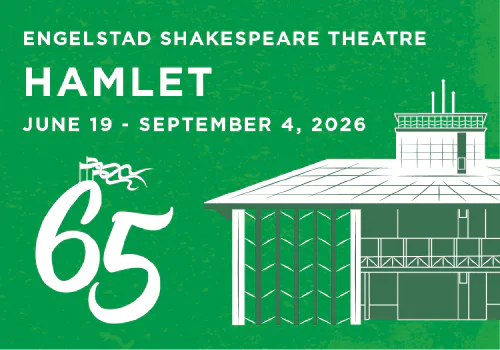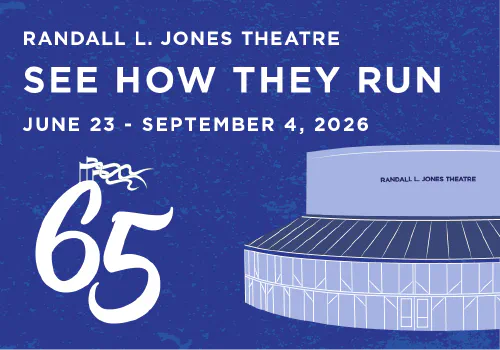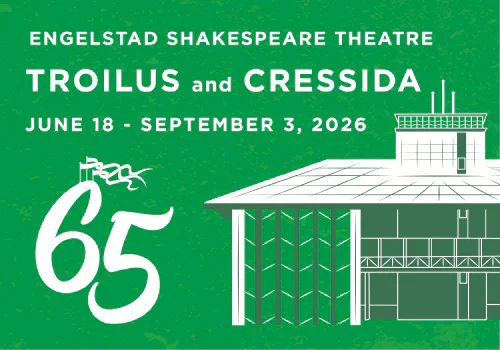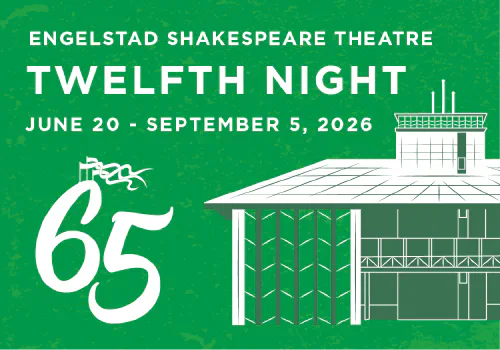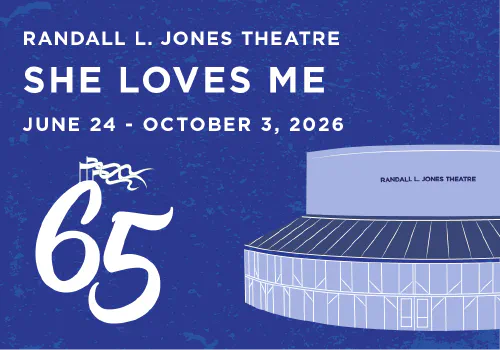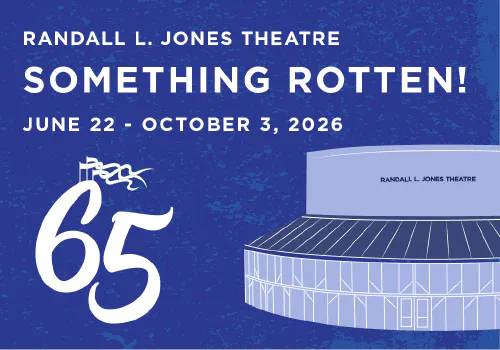By Lynnette L. Horner
“Still Fresh After 16,562 Performances, The Fantasticks Transcends Generations and Outlasts Nine Presidents” This headline from one of many internet sites devoted to The Fantasticks (http://home.att.net/~fifthdecade/index.html) celebrates the enduring quality of the show that broke all records as it marked its forty year run on May 3, 2000. “The Fantasticks has charmed audiences at the Sullivan Street Playhouse in Greenwich Village ever since Dwight Eisenhower was president. Each generation from bobby-soxers to flower children to baby-boomers, to cyberkids have embraced the universality of the show” (ibid). So, what were you doing in 1960? Do you remember 1960? Just think, “Before the mud of Woodstock there were the love songs of The Fantasticks. Before Neil Armstrong walked on the Moon, before Elizabeth Taylor received an Academy Award for Butterfield 8, and before Wilt Chamberlain completed the first of his seven consecutive years as basketball’s top scorer, ‘Try to Remember’ and ‘Soon It’s Gonna Rain,’ from The Fantasticks, were part of our national culture” (ibid).
Where does a theatrical treasure like this begin? And why does it resonate with all generations?
More than 400 years ago, a young playwright penned the story of a young boy and girl who were kept apart by their feuding families. Shakespeare’s tragedy, Romeo and Juliet became the inspiration for Edmond Rostand’s 1894 satire Le Romanesques, a play about a family that invents a feud to encourage their children to fall in love. In 1950 two college students at the University of Texas began by writing comedy sketches and music for a revue entitled “Hipsy-Boo!” Encouraged by their college success, Tom Jones and Harvey Schmidt continued their collaboration after graduation and during their service in the Korean Conflict. After their discharge, they moved to New York and began working on a musical based on Edmond Rostand’s Les Romanesques. Of this collaboration they write, “We always envisioned it as a big Broadway show involving two ranches in the southwest . . . trying to take the story and force it into a Rogers and Hammerstein mold, which is what everybody did in those days. . . . I always imagined everybody on real horses on the stage of the Winter Garden. . . . The whole project just collapsed, our treatment was too heavy, too inflated for the simple little Rostand piece. It seemed hopeless” (http://home.att.net/~fantasticks/index.html).
Then in 1959, they were asked to contribute a one-act musical for summer theater at Barnard College. Jones and Schmidt revisited their “little Rostand piece” and molded the beginnings of The Fantasticks. It received enough acclaim to draw the attention of New York producers and after Jones and Schmidt expanded the story to a full length musical, The Fantasticks opened to mixed reviews at the Sullivan Theater in Greenwich Village in 1960. Through unwavering faith in the show by producer Lore Noto, The Fantasticks weathered the first critical storms and is now a theatre legend.
But this legend doesn’t “knock your socks off” with show stopping numbers, big sets, and breathtaking special effects. In the case of The Fantasticks, less is definitely more. It magically conjures stagecraft almost from thin air. There are no pyrotechnics, no pulse racing “how did they do that” effects; just eight actors and some simple props and costumes that lead the audience on a joyous journey of the heart.
This is the story of a young boy and girl who fall in love Romeo and Juliet-style when their fathers pretend to feud. The young, starry-eyed lovers long to pursue the excitement of the big wide world. But, under the harsh light of day, they perceive that their moonlit dreams have lost their patina. The hurt of their disillusionment leads them on a journey back to discover that their deepest happiness was found in their own backyard, with each other, all the time.
The enduring quality of The Fantasticks lies in the fact that it resonates deeply with every season of life. The first time I saw The Fantasticks as an away-from-home-for-the-first-time-full-of-big-dreams college freshman, I remember the young girl, Luisa’s, refrain in her first number, “Oh, please God, please—don’t let me be normal!” (Tom Jones, Harvey Schmidt, The Fantasticks Musical Score [U.S.A.: Chappell and Co., Inc.], p.17). I was captured. Here was a character I related to. And all parents that have tried reverse psychology on their children will relate the lament of “Why did the kids put jam on the cat? . . . Why should the kids do something like that, when all that we said was ‘No’?” (Jones and Schmidt, p. 39). Any couple whose love has survived the aftermath of heart racing infatuation may find themselves smiling wryly at the refrain of “This plum’s too ripe. / Sor-ry!” (Jones and Schmidt, p. 87).
The play’s appeal isn’t limited to audiences on American shores, either. The Fantasticks has been staged in over sixty-seven countries, including Afghanistan, Zimbabwe, Ireland, Italy, Hungary, Thailand, and China. You can count on the fact that every night of the week, somewhere in the world, someone is hanging a cardboard moon and inviting the audience to “Try to remember, and if you remember, then follow.”



